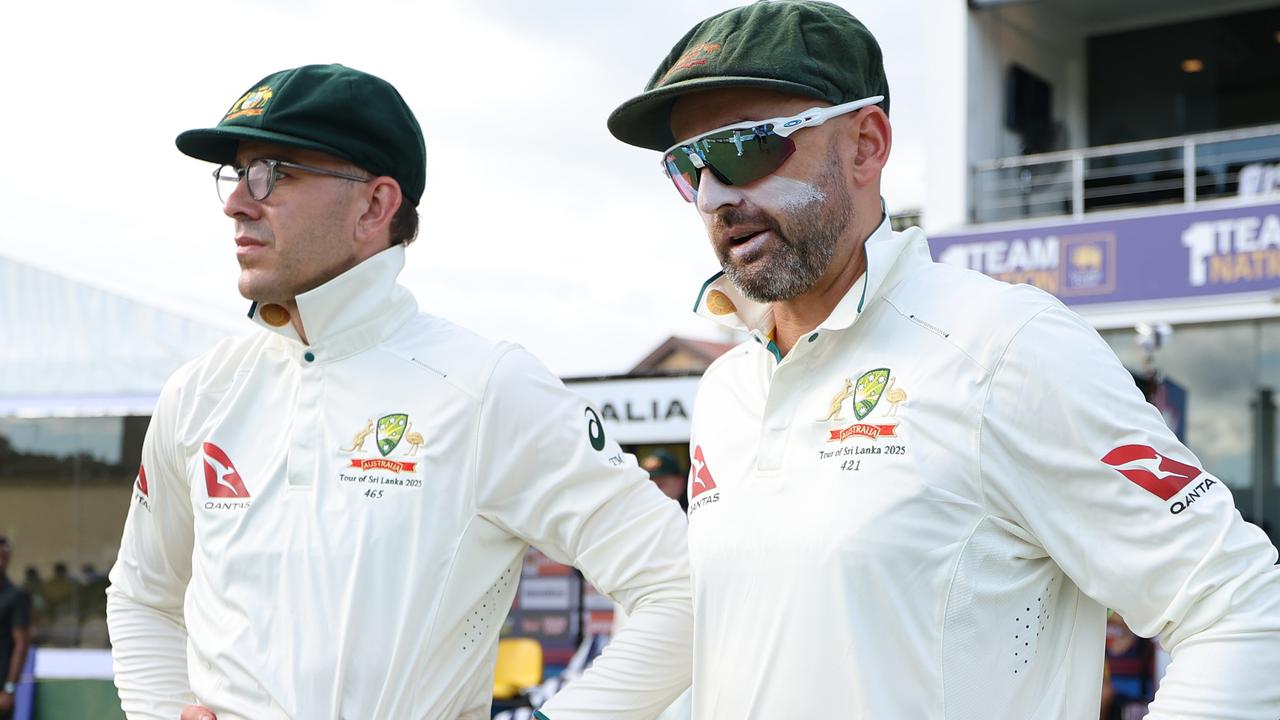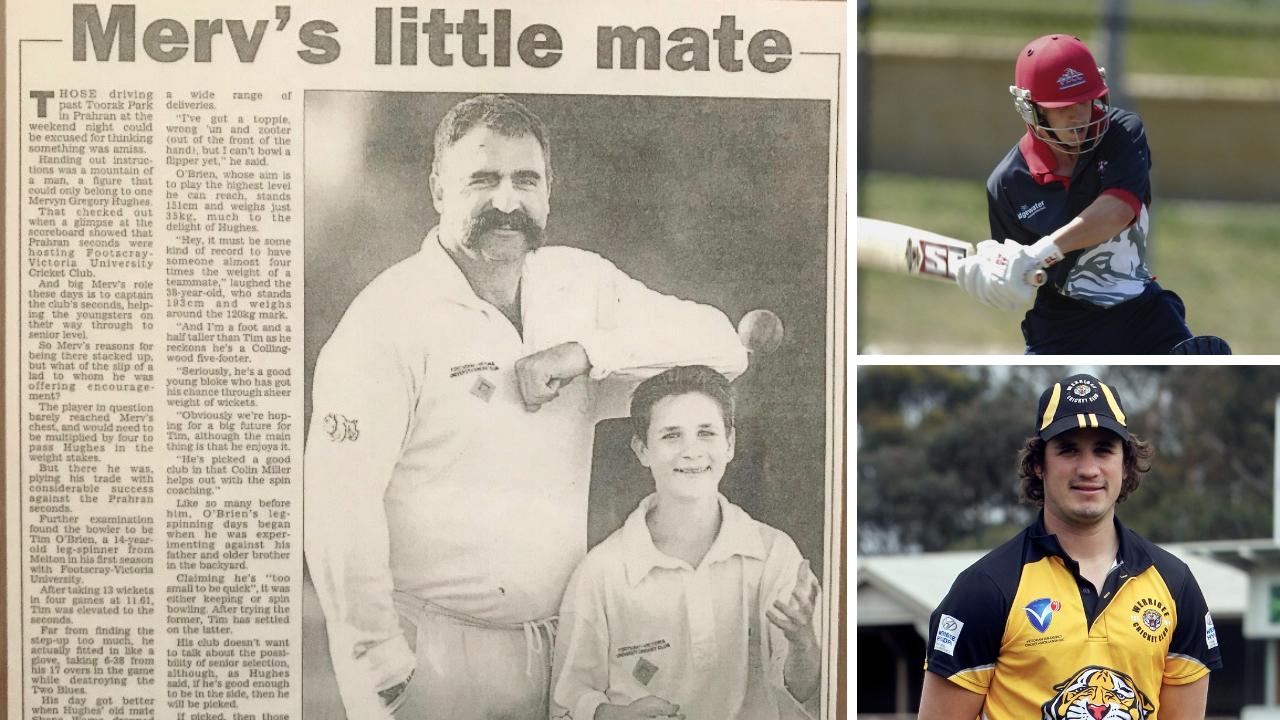Sean Ayres: Sub-District Cricket life member reflects on his legendary local cricket career
Sean Ayres never showed his best in District cricket. But for more than two decades he dominated with bat and ball in Sub-District cricket. PAUL AMY finds out how different his celebrated career could have been.
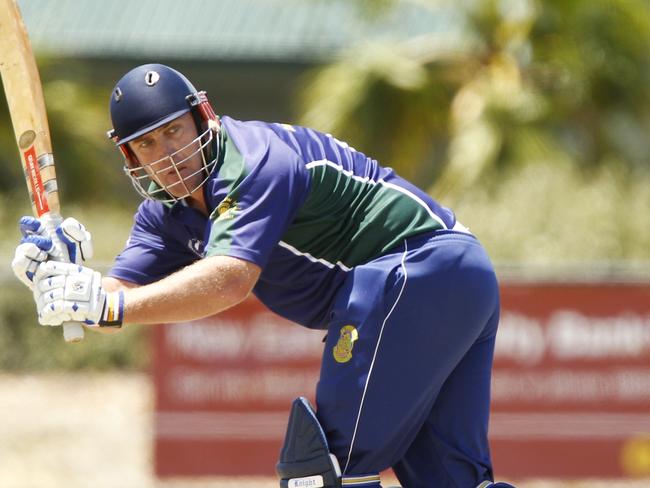
At Victoria’s two highest levels of club cricket, two players with the same surname and separated by only a few years dominated their competitions for more than two decades.
It was rare for a round to pass without one of them giving an influential performance for their teams.
District cricket had Warren Ayres, who, all elegance, hit 41 centuries and scored 15,277 runs, both record tallies. He also played 35 matches for Victoria. His supporters maintain it should have been many more.
Sub-District cricket had Sean Ayres, whose record marks him out as one of the association’s greatest players.
In 304 matches he took 591 wickets at 16.12, first with left-arm pace, later with spin. He hit 7374 runs, won the first Val Holten Medal after the name of the award was changed from the Hatch Medal in 2013-14 and was a nine-time selection in the team of the year.
His achievements were held up in lights a few months ago, when he received life membership of the Sub-District association.
The two Ayres come together alphabetically on the Victorian District/Premier Cricket player register, SR on top of WG.
For a time they were both on the District scene.
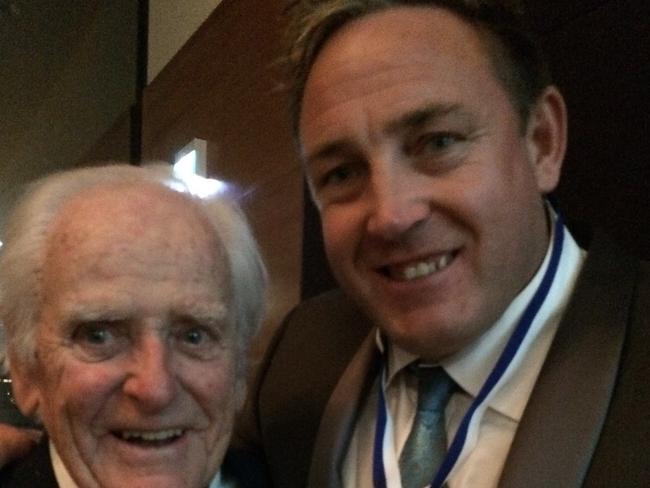
Sean had a stint at Collingwood (now Camberwell Magpies), joining the club when he was 17.
He played two First XI matches in 1993-94, taking one wicket and scoring 35 runs.
After suffering a serious back injury – “I smashed two vertebrae in my spine’’ – and being told to stop bowling for two years, he went back to local cricket, accepting a coaching position at West Ivanhoe and playing on hard wickets.
Ayres joined Sub-District affiliate Ivanhoe in 1997-98. And he stayed in the competition for 22 years, playing in premierships at each of his three clubs – Ivanhoe, Malvern and Bundoora Old Paradians, now known as Plenty Valley.
Teammates speak in awe of his matchwinning performances and rivals of the danger he presented with bat and ball.
Ayres was 40 when he won the Holten. He did it in spectacular style, cracking 825 runs and capturing 38 wickets.
Ahead of that 2013-14 season, he and Plenty Valley coach Michael Sheedy had been scratching out possible batting orders.
Ayres put himself down as an opener. Sheedy asked him if he was serious.
He remembers telling the coach, “Well I’m not f. king batting at No.9!’’ He got his wish and went in first. And he had 500 runs by Christmas.
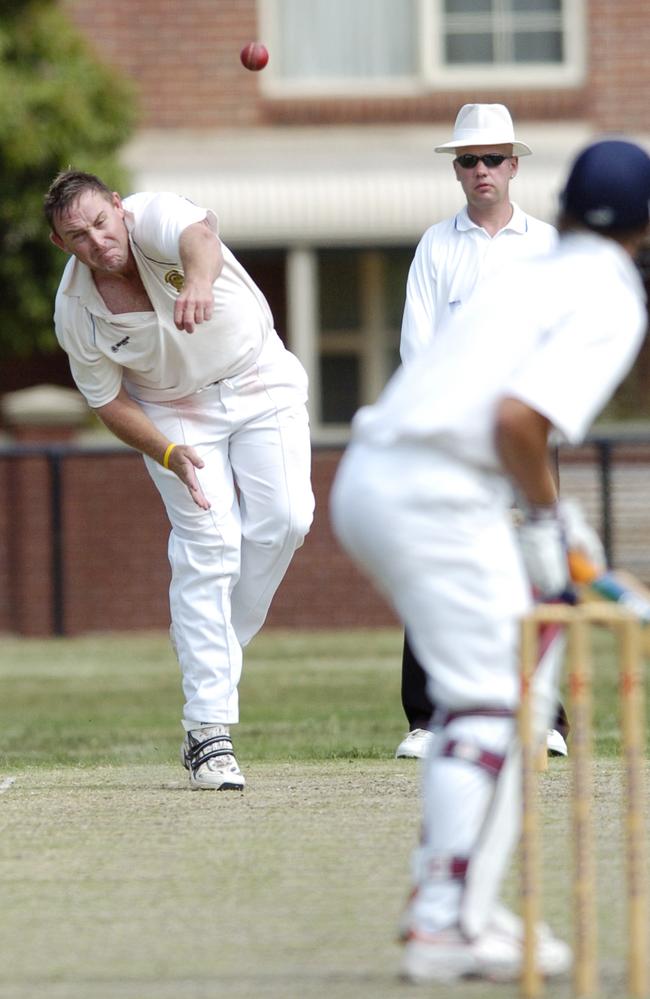
Last Sunday, Sean Ayres went to a Collingwood/Camberwell Magpies reunion at Montmorency RSL.
He had a great afternoon catching up with old teammates and sharing stories and seeing the bottom of a few beer glasses.
Late in the day former president Peter Hannan, well aware of Ayres’ achievements in Sub-District cricket, pulled him aside.
“What did we get wrong with you?’’ he asked.
Ayres explained that he was a young player when he went to Collingwood, it had a strong team – he can rattle off the names of established players like Matthew Elliott, Graeme Vimpani, Paul Broster, Anthony Amalfi, John Bailey, Craig Ingram, Rohan French – and he got injured and at that stage he never knew he could bat.
And, he said, he was one of those players who got better with age.
“Collingwood got nothing wrong, Peter,’’ he said.
Ayres agrees he would have been better off going to District cricket when he was, say, 24 or 25 and knew his game.
He got to know it at Sub-District level, particularly the run-making aspect of it.
“It all turned around for me in the Subbies,’’ he says.
“With my batting, I started to believe I actually could bat and I was better off spending a Saturday in the middle instead of on the sidelines talking shit.’’
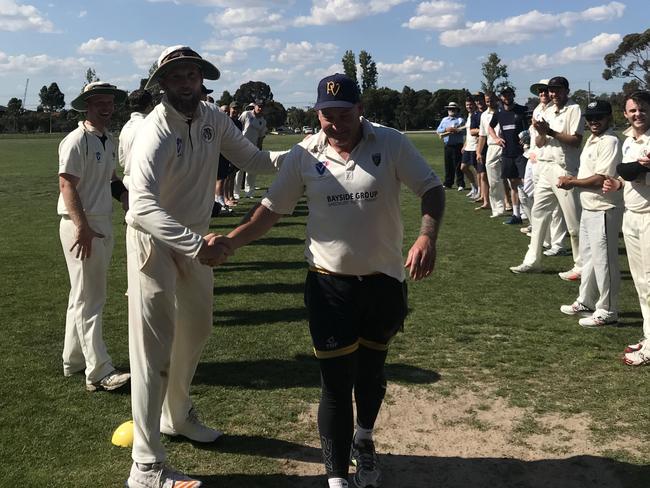
For a short time, it looked like District cricket would come to him, in the northern suburbs where he was raised.
Collingwood toyed with the idea of relocating to Binnak Park in Bundoora but eventually went to Camberwell.
“Who knows, if they’d gone to Bundoora, I might have played my whole career there because it’s close to home,’’ Ayres says.
“The fact is, I was never going to drive down Burke Rd on Tuesday and Thursday nights and then again on Saturdays.’’
*****
Sean Ayres started his cricket in the juniors at Rosanna and was introduced to turf wickets at Lincoln Mill, where his father, John, played in the old Coburg District association.
His left-arm bowling brought him early attention.
“I don’t know what speeds I got to, but I didn’t mind terrorising a few blokes,’’ he says.
He met leading batter Grant Jordan and Anthony Stackpole when he went to Collingwood, and they later enticed him to Ivanhoe. Opened the bowling and batting at No. 5, Ayres quickly became a star of Subbies.
In his five seasons at Ivanhoe, Ayres helped the Saints win the 1998-99 premiership and three times was the club champion for a strong team.
In 1999-2000 he hit 120 not out in a semi-final against Kew.
Two years later he cracked 120 against the same team.
With Ayres in the XI, Ivanhoe made three grand finals in four years.
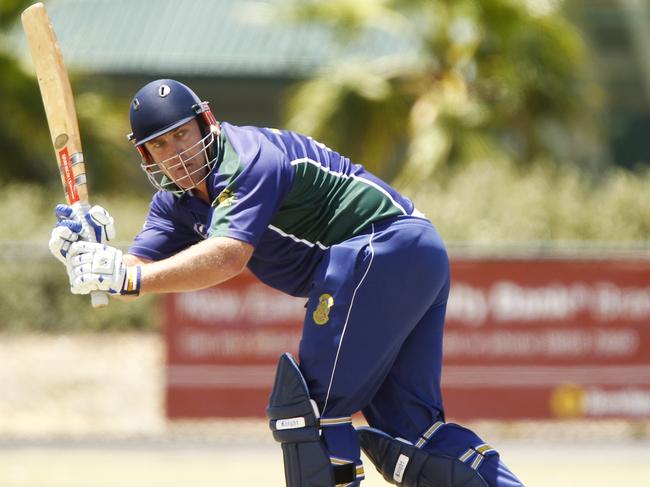
He brought to his cricket a fierce competitive streak.
“I hated losing,’’ he says. “I was a better winner than a loser. It got to the point where my skippers used to throw me the ball and say ‘Do something about this’ if there was a partnership going on. With the batting, I used to love whacking fours and sixes and trying to tear bowlers apart. I wanted to get on top, because I wanted to win at all costs.’’
Former Ivanhoe coach Barry Neivandt confirms it.
“He didn’t just want to play. He wanted to compete. He had a massive heart,’’ he says of a player who at Ivanhoe had the nickname of “Barge’’.
“He was terrific with the bat and the ball, and someone great to have around the club. He was a great lad, full of energy and bubble and pretty happy with his ego in a positive way. Larger than life, really.’’
Neivandt is certain that playing alongside Jordan, Stackpole, Andrew Wildsmith and other senior Ivanhoe players did wonders for Ayres.
“I think it was a massive part of his cricket. He respected those guys and he learned so much from them,’’ he says.
Jordan, who played Shield cricket for Victoria, was Ivanhoe’s captain and had some fierce differences of opinion with Ayres. One day an exasperated Jordan stopped his car, tossed his young all-rounder’s kit onto the nature strip and drove off, leaving him stranded not far from the ground.
“I couldn’t see, because I was in tears laughing so much. They clashed quite a few times. It was entertaining,’’ Neivandt says.
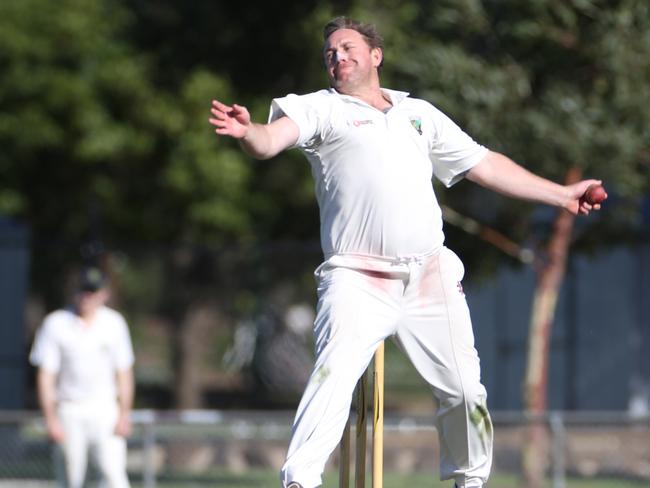
Malvern enticed Ayres to the City Oval ahead of 2002-03. His five seasons as a Rooster were studded with success; he was a four-time club champion and made three VSDCA teams of the year.
Malvern mainstays well remember his 2004-05 final series, which brought the club its first championship in 25 years. The Roosters defeated Ivanhoe in the final and then met Oakleigh for the championship.
After hurting his hamstring, Ayres batted with the assistance of a runner and made a vital 52 not out to guide his side to a two-wicket win. He was named man of the match.
“Sean Ayres was not only a great player, one of the best I played with, he was one of the greatest blokes,’’ former Malvern paceman Brett Chard says.
“When he was at Malvern, we based our whole game around him. We would have a tea-watchman for him. If he was next in before tea, we would send someone else in, just to have him there after tea. Because we knew how good he was and how he could change a game in no time.’’
And his bowling? Chard says Ayres at his peak bowled “as quick as anyone’’.
“He was sharp. And he’d swing it both ways and he had a bouncer that would jump on you,’’ he says.
At the end of 2007-08, Ayres decided to leave Malvern and play closer to home at Bundoora Old Paradians.
It was to be a long and achievement-filled stay at the club. Ayres got better with age and played up until 2018-19, along the way joining the legendary Darren Scott in hitting more than 7000 runs and jagging 500 wickets.
As he lost his pace, he eventually turned to spin. “He became a pie chucker,’’ Neivandt chortles.
Ayres knew it was time when the wicketkeeper started standing up to the stumps. He make no great claims about his spin. “Sliders, I used to call them,’’ he says. “They didn’t really spin unless it was a sticky green one.’’
At the same time he brought aggression to his batting.
“As I got older, I thought about the times I’d got out playing half-arsed shots,’’ he says. “That year, I lived by the sword and died by the sword. I hit it as hard as I could. They had to catch it if it was aerial or stop it if it was on the carpet.’’
He cracked seven centuries for the Bats, six of them after he had turned 40, including his highest score of 180, against Ormond. That was in his Val Holten Medal season.
There were two premierships and there could have been a third.
“I stepped away when (James) Dickenson was coach after I had an arthroscope on my knee,’’ he says.
“There were two young kids in the side who were going all right. I hadn’t played since January. I didn’t think it was right to go back and play in a final in March and push a 16-year-old out.’’
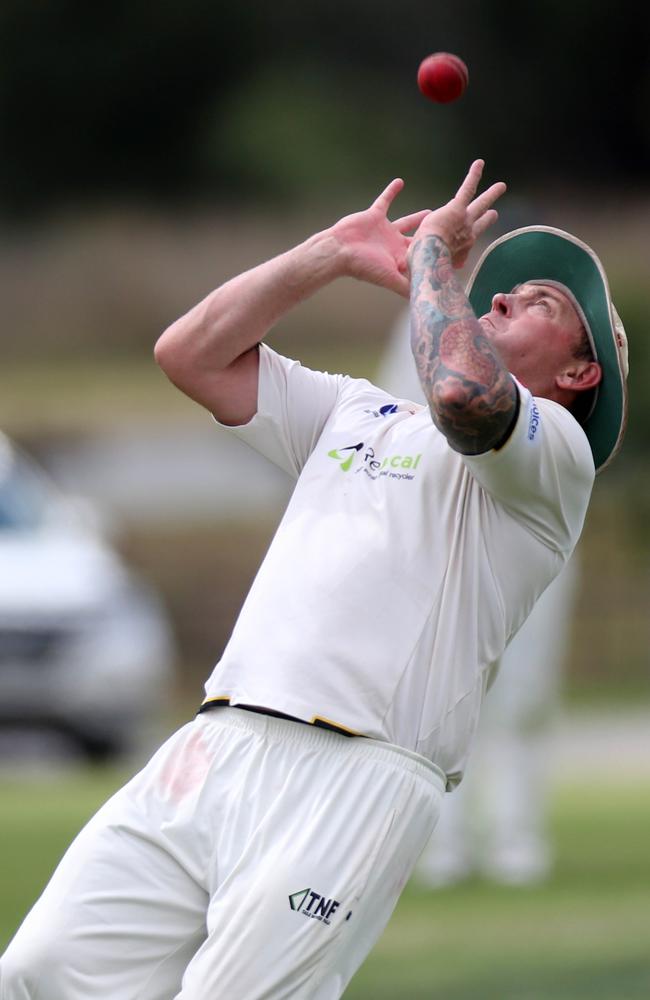
His old Malvern teammate Chard was staggered at his performances at Plenty Valley.
“We thought he was just about done when he left us,’’ Chard says. “But he was like a bottle of red wine. He just got better as he aged. It was ridiculous!’’
Ayres played suburban football too, as a key forward for Macleod in the old Diamond Valley league.
“I kicked a few goals over the journey,’’ he says. “But I didn’t like to do too much running. Just looked at the big sticks.’’
He did not experience in winter the success he did in summer.
“I probably played in 20 grand finals in cricket, but I played in one elimination final in football,’’ he says. “Funny how it works.’’
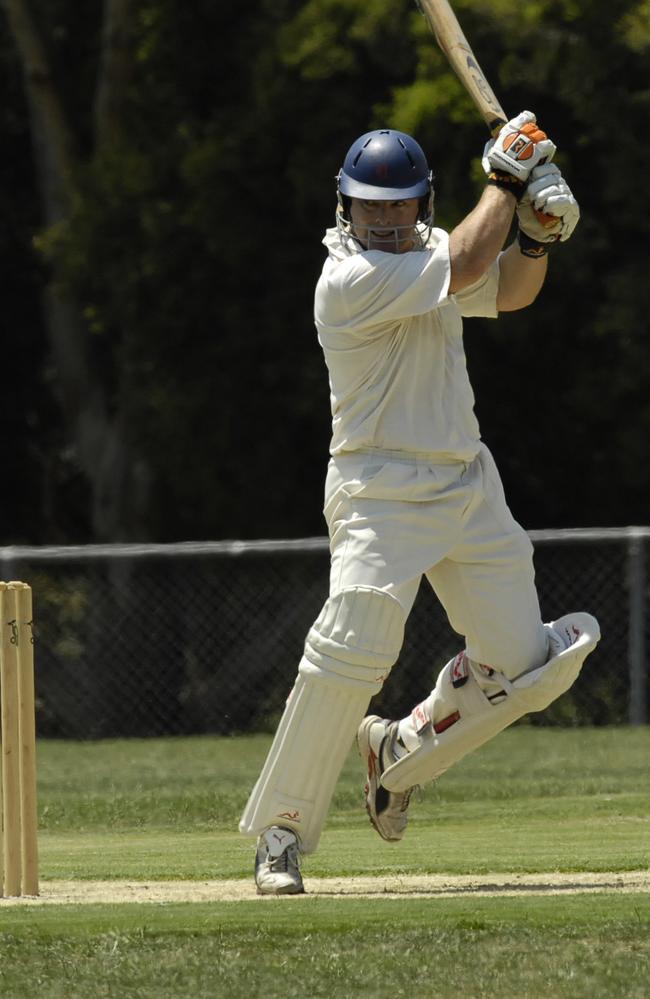
After his retirement from Sub-District cricket, Ayres had a season back on the hard wickets with Preston Baseballers, where a friend was president.
“I was well and truly done by then,’’ he says. “When you can’t run laterally and you can hardly see, you know your time is up.’’
Ayres returned to Plenty Valley this season, as bowling coach.
As he played District cricket, Warren Ayres was aware Sean Ayres was playing Sub-District cricket.
“You’ll like this. When I was playing golf the other week, this guy same to me, ‘Did you play cricket at Malvern?’’’ he says. “Wrong bloke.’’
But the right cut of cricketer.


